
They’re mandatory on most cars and are one of the key safety features of modern driving. But what exactly do TPMS do?
With all the talk of fancy new car features like multi-zone climate systems, heated steering wheels, smart suspension, or evasive steering, it’s easy to forget just how vital something as simple as a tyre is for your car’s performance. As the only point of connection between the road and the vehicle, having the right tyres and making sure they are in perfect condition is more important than any extravagant extras you could have.
Keeping your tyres in order and ensuring that you can drive safely and efficiently are precisely what tyre pressure monitoring sensors are for. These sensors have been deemed so important that they are a compulsory feature on all new passenger cars as of 2008 in the United States and 2014 in the EU and there are a huge variety of aftermarket systems that you can mount to older vehicles. Though extremely useful, it might not be immediately apparent what these systems do and if these go wrong they can often mean an expensive trip to the dealership. This is a comprehensive guide to what tyre pressure monitoring systems are, how they work, and what the advantages of having them are.
What are type pressure monitoring systems (TPMS)
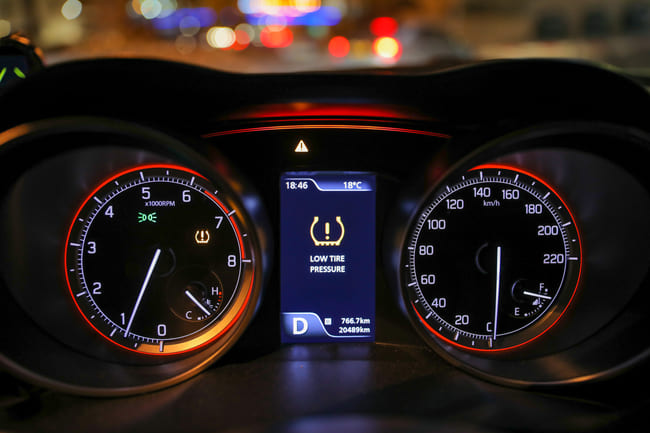
Tyre pressure monitoring systems (or TPMS) are designed to primarily monitor the air pressure in a car’s tyres. The system is made up of sensors connected to each wheel and a display unit. If the system is built-in, the sensors will be connected with a warning light on your dashboard display, normally a yellow symbol which is the cross section of a tyre with an exclamation mark in the middle. If the system has been installed after production, it will often come with a display unit that can sit on your dashboard and is connected with the sensors. As well as just the pressure, it can also pass on information about the temperature of the tyre, as well as giving you important updates on the condition of the tyres.
How do tyre pressure monitoring systems work
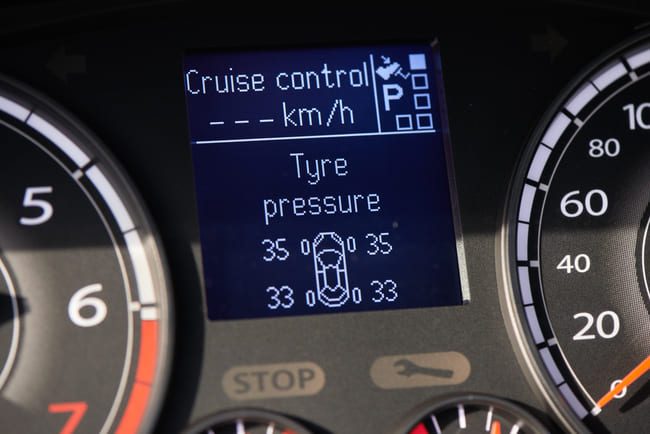
The basic premise of TPMS is that information about the pressure of a vehicle’s tyres is collected (there are different ways this can be done) and then sent to the control unit on your dashboard. The system is programmed to monitor the tyre pressure levels and make sure they remain at an acceptable and safe pressure, often between 28 to 35 pounds per square inch (psi) of air in the tyre in most passenger cars. If something goes wrong, the warning light or alarm will let you know.
Some systems will allow you to access the temperature and pressure value of your tyres at any time, allowing you to manage your tyres. There are two key types of TPMS, direct and indirect, and they both gather this data on tyre pressure in different ways.
Direct Tyre Pressure Monitoring

In direct tyre pressure monitoring systems, individual sensors are located directly on the tyres (and sometimes in a spare tyre) and they transmit information to a central control module. These systems consist of a sensor mounted on the vehicle which communicates with the central control module. This information is gathered most commonly using a microelectrochemical system. At the control module it is analysed, interpreted, and, if tyre pressure is lower than it should be, or if the tyres have been severely over-inflated, transmitted directly to your dashboard where the indicator light illuminates.
Information is most often sent wirelessly as a radio signal. Each sensor has a unique serial number and the system can distinguish with these not only between the different vehicles on the road but also between the different tyres on the car. While some aftermarket systems are mounted outside the tyre, most manufacturers use a sensor mounted inside the tyre. The battery life of one of these built in sensors is about a decade, but for most systems the battery is not serviceable and the entire sensor must be changed.
Direct systems can be mounted in different ways. They can either be mounted on the back of a tyre’s valve stem or attached using adhesive or to a band which is then wrapped securely around the inside tyre rim.
Indirect Tyre Pressure Monitoring
Indirect tyre pressure monitoring systems do not rely on tyre pressure sensors to function and make assessments about the tyre. These systems collate and consider wheel speed sensor data (readily available thanks to ABS or similar systems) to interpret the size of a tyre and how quickly it is rotating – a small tyre would rotate faster than a larger tyre and an underinflated tyre would be smaller than one with the correct amount of air. The system notices if a tyre is moving faster than the others and can calculate that it is smaller, and therefore possibly deflated. If this happens, it issues a warning light just light with direct tyre pressure monitoring systems.
One of the big advantages of this system is that it seems to be less vague than direct sensors, but it has to be regulated more. For instance, if tyres are inflated before a long journey, an indirect system would need to be reset, as it would see the newly inflated tyres as a possible hazard. The system always has to be rest when tyres are inflated. In this case, if it isn’t reset, the system will see bigger tyres and may warn the driver of over inflation.TPMS must be recalibrated not only when tyres are restored to proper pressure, but also when the tyres are rotated or completely replaced. This can often be performed from the cabin of the car by a recalibration button on the centre console and takes around 30 minutes of driving to reset.
What are the benefits of tyre pressure monitoring systems
- Long lasting tyres – Regularly checking your tyre pressure and inflated where necessary, with the help of the TPMS can greatly increase the longevity of your tyres. If the tyre is the wrong pressure, whether too low or too high, the lifespan of a tyre can decrease by as much as 45%. If the pressure is too low, the tyre will run too hot and the edges of the tyre will wear. If the pressure is too high, the centre of the tyre will protrude and will wear out. This is all going to mean you’ll be handing over extra cash for new tyres much sooner than you need to be.
- Improved handling – As stated at the start, tyres are extremely important and are the connection between road and car. The handling of your car almost completely depends on the pressure of your tyres. If the wrong amount of rubber is on the road it can reduce traction and handling in corners. This could happen if the tyre is overinflated. If a tyre is deflated it also increases the risk of hydroplaning in wet weather because of a lack of traction between the flat tyres and the road surface.
- Improved fuel economy – TPMS can also have an impact on a car’s fuel economy. With the right amount of air in the tyre, a car has less rolling resistance and so it doesn’t need much to be driven on normal roads. But if there is less air in the tyre, the surface of the tyre is less firm and therefore there is more rolling resistance as the tyre drags more on the road. As there is more resistance, the car needs more energy to cover the same distance and, of course, more fuel is going to be needed to get from A to B.
- Easier to spot problems – As well as helping with these more general problems, the TPMS can also help you see a serious problem developing. If the system lets you know that one tyre has significantly less pressure than the others, it could be that you have a puncture or a slow leak, which from feel alone can be very hard to detect. If a tyre is about to delaminate, come apart, or blow out, all potentially serious issues, by indicating that the tyre has low pressure, the TPMS will let you know in advance. This makes it an essential safety feature for any vehicle.
Are there any downsides to tyre pressure monitoring systems
- Fragility – The vast majority of direct TPMS monitors are part of an assembly that includes the valve stem. When the valve stem is installed, the sensor sits inside the tyre. The major problem with this is that both the sensor and the attached stem are relatively fragile. Because of the way the sensors sit next to the wheel, taking the tyre off can be a very tricky process, as if the tyre bead presses against the sensor it can break it. They are known to be susceptible to damage and as a result most tyre shops won’t accept liability for damage to stems or sensors. Though they’re become more robust, most OEM sensors are still dealer-only items that can cost 60€–120€ apiece. Some aftermarket options are now available, but replacing a sensor is still an expensive business.
- Lack of standardisation – Nearly every car manufacturer has their own proprietary TPMS system and since there is no standardisation most of the parts are dealer only. Unless you are using an aftermarket system, which is unlikely on cars produced after 2014, it can be hard to replace a faulty system. This also makes it harder for auto shops and garages to correct faults, because even they can find the systems that are used by each manufacturer confusing. In turn, this means that any repairs or replacements are often best done at a dealership directly by the manufacturer, which is almost certainly going to be expensive.
- The need to reset sensors – TPMS computers often have to be reset after a wheel is moved on the car, or if a sensor must be replaced, and the process of finding out how your particular car’s system is reset can be maddening. In the best case scenario,your car might only have to drive a certain distance or time (as is usually the case with the indirect TPMS). In the worst case, there might be a complex way to reset the system using buttons of controls within your car, which can be infuriating. They are so complicated at times that there are books and software with instructions on how to reprogram most systems, but even these can be incomplete, confusing, or can directly conflict with the instructions contained in the car’s manual.
- Inaccurate readings – This can happen for a variety of reasons, for fitting bigger or smaller tyres and uneven wear with indirect TPMS. Direct PTMS should be better, but depending on where the sensor is fitted and whether it is knocked out of place (they are very fragile) this too could offer readings that don’t reflect the real pressure of the tyre.
Tyre Pressure Monitoring systems: The last word
TPMS is, therefore, a difficult system, but the advantages that it can offer to motorists far outweigh any potential issues. Even if it does seem pricey to replace some parts, correct tyre pressure should save you much more in terms of fuel and in terms of your safety too. Many of these problems mentioned above could be fixed—and are being fixed —by improved indirect TPMS systems that use sensors in the ABS hardware to perform their magic. These types of systems are becoming increasingly common and it could make the whole process of repairing TPMS a whole lot easier.


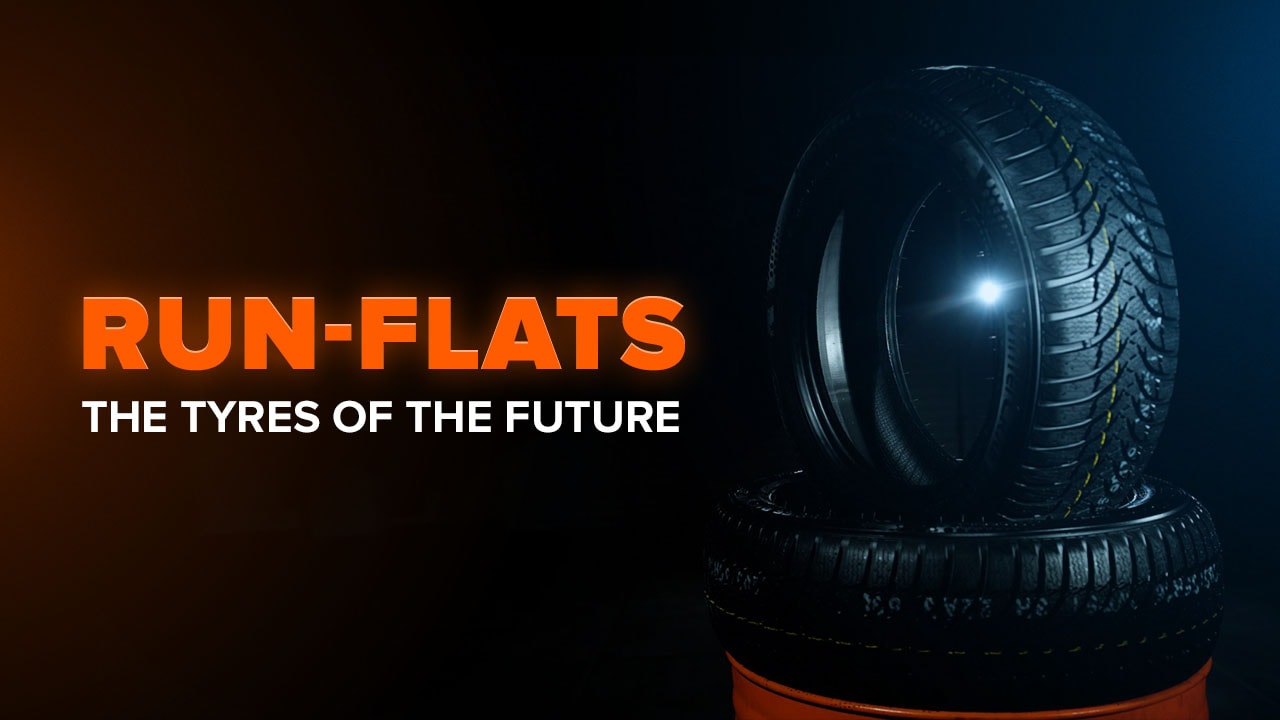

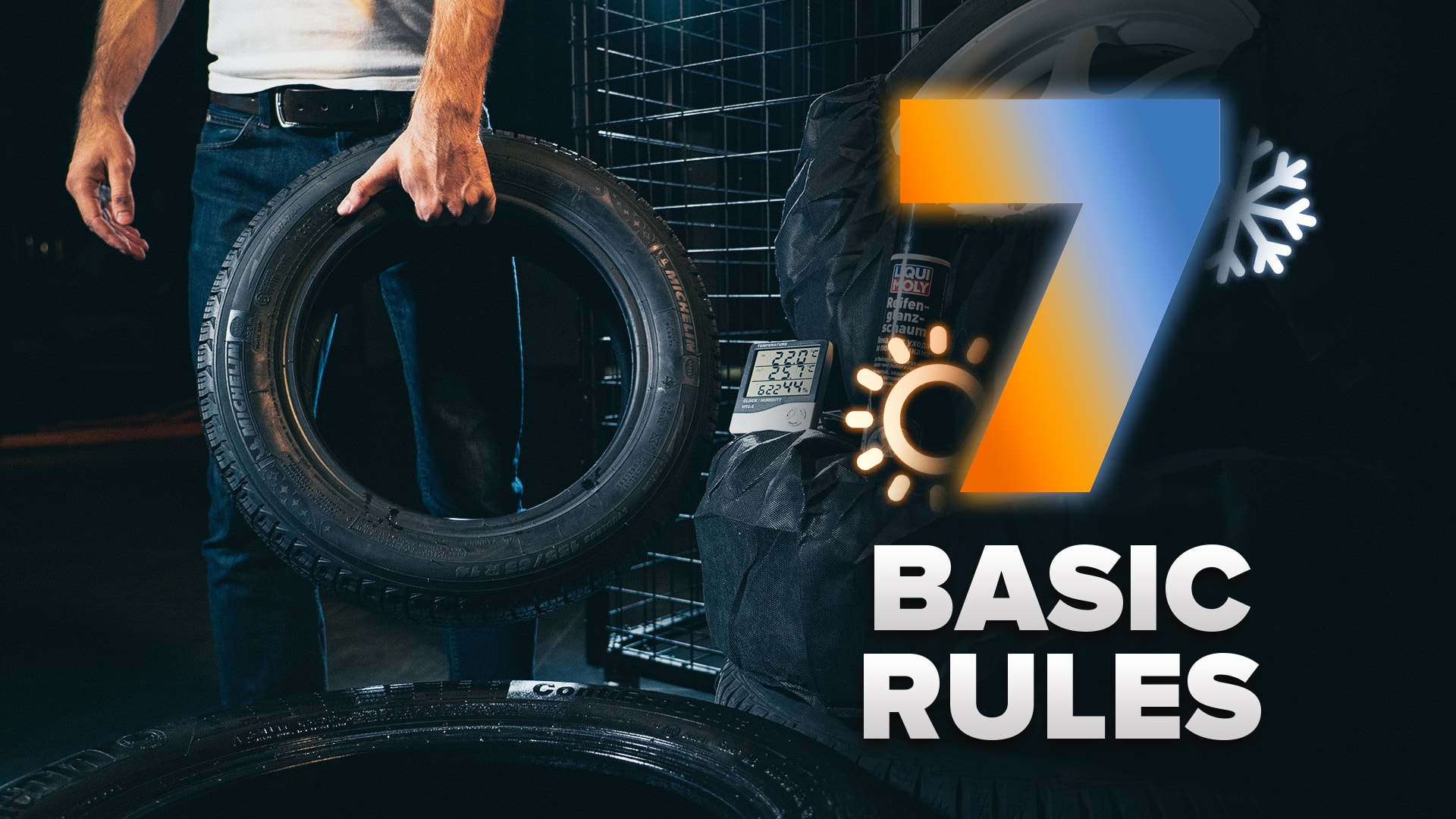

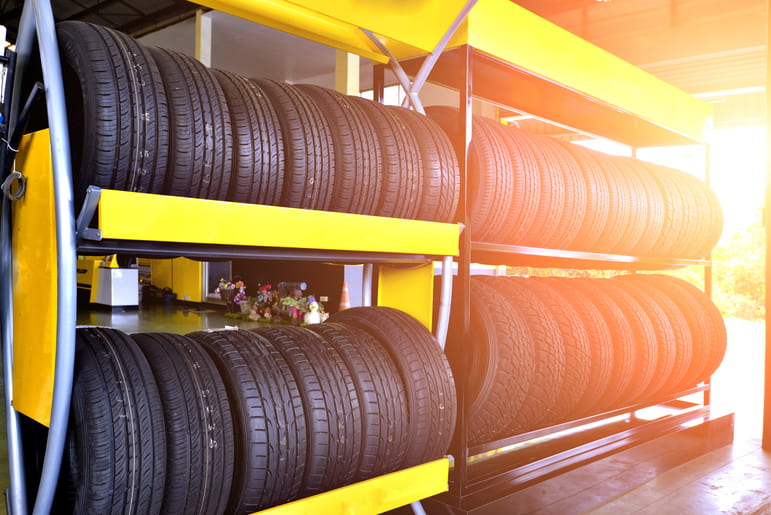

Comment